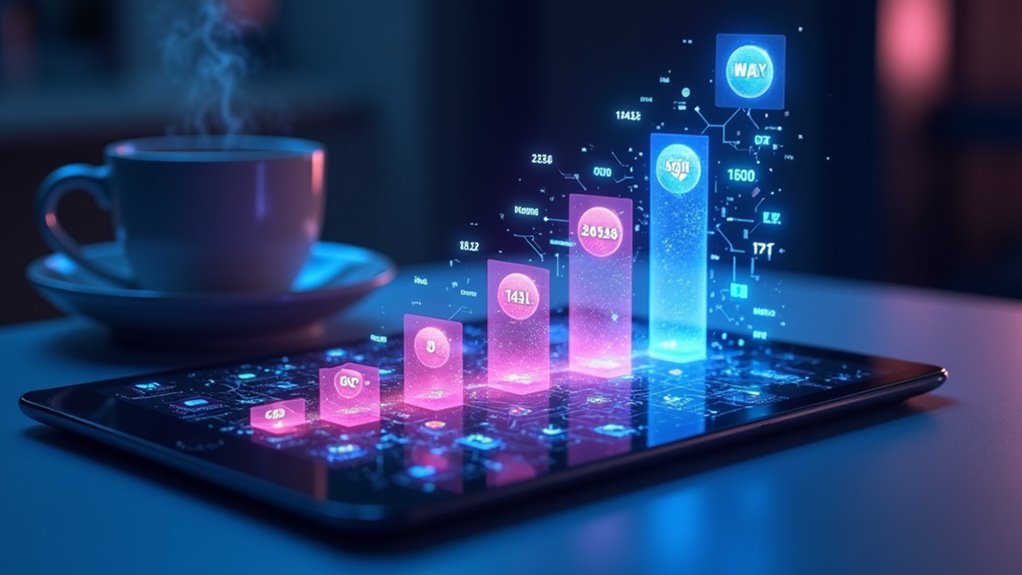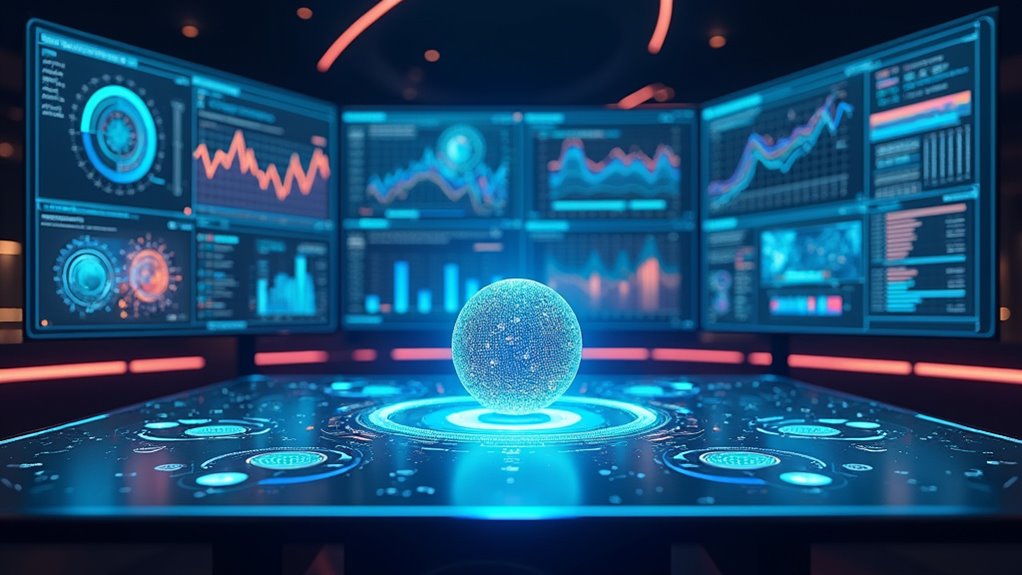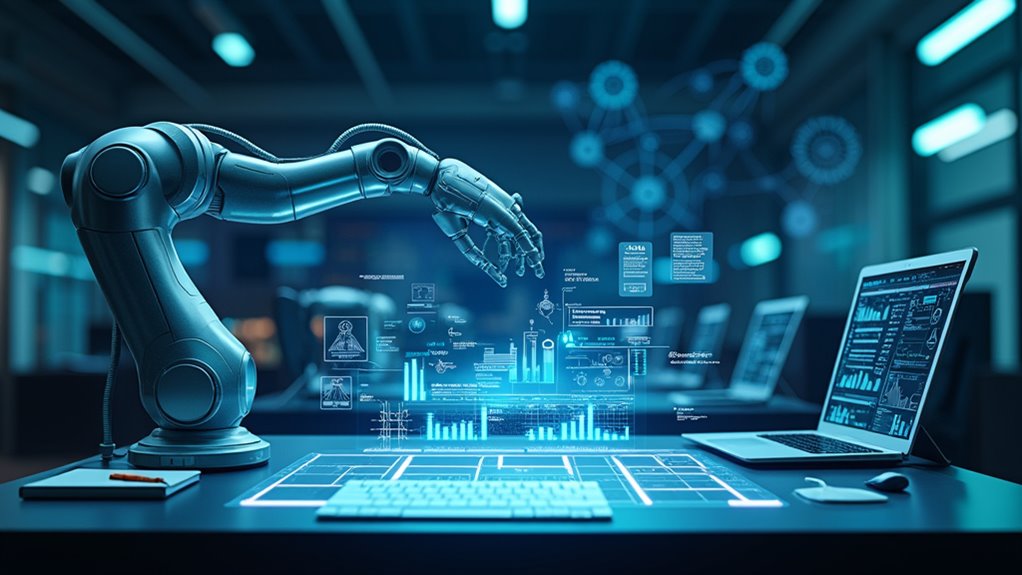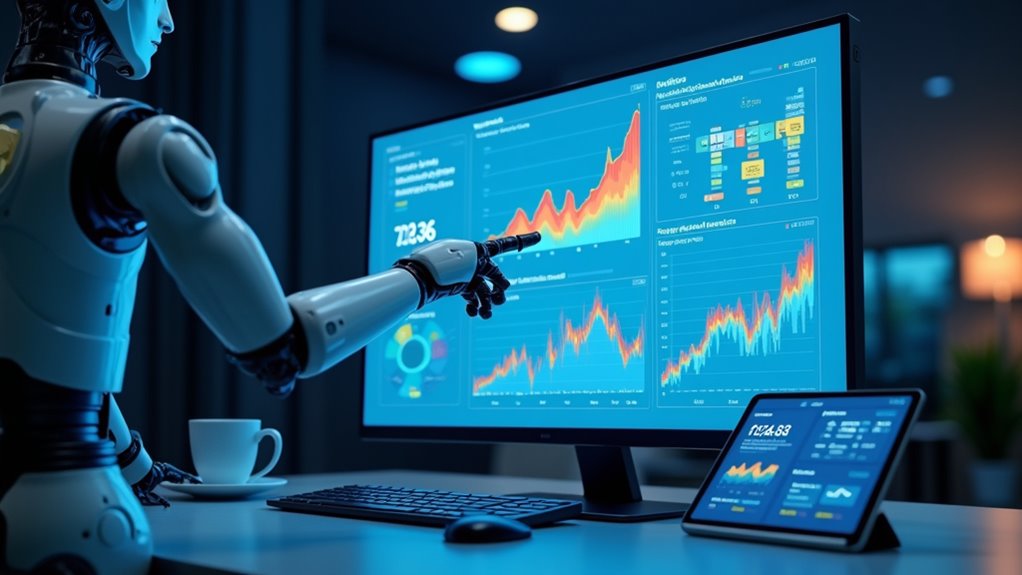Artificial intelligence quietly orchestrates your daily routines without you noticing. Your virtual assistant learns preferences while navigation apps find ideal routes. Those eerily accurate product recommendations? Just algorithms analyzing your shopping patterns. AI manages your emails, enhances your creative projects, and even helps doctors diagnose health conditions with impressive accuracy. From the moment you wake up until bedtime, you interact with AI dozens of times—often before breakfast. Discover how these invisible algorithms are actually shaping your decisions behind the scenes.
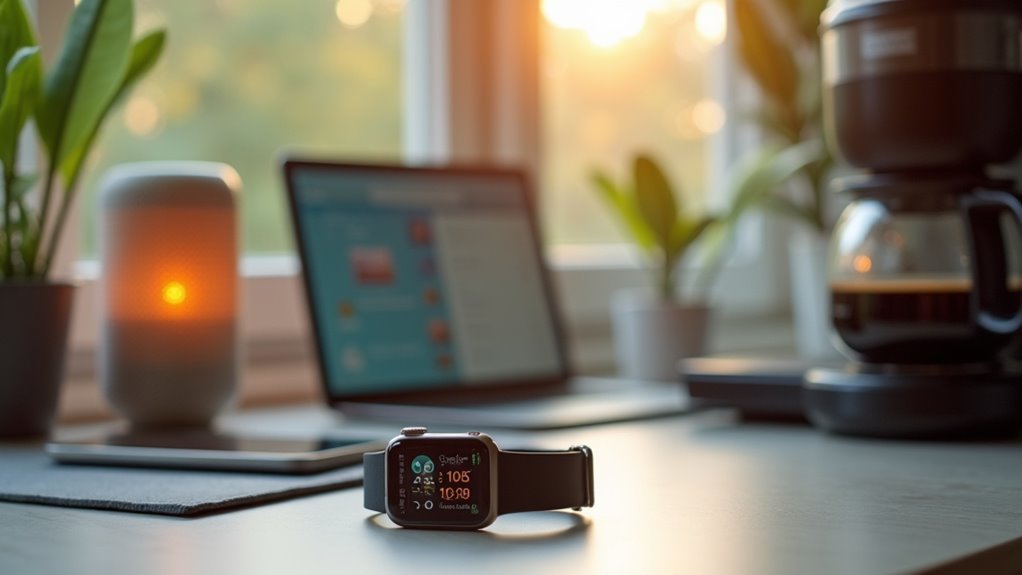
While most people still imagine AI as a futuristic technology from science fiction, it’s already woven deeply into the fabric of everyday life. AI Applications are increasingly common in homes, offices, and pockets worldwide. The average person interacts with dozens of AI systems before breakfast—from smart assistants that wake them up to recommendation algorithms suggesting morning news.
These Everyday Benefits of AI aren’t fancy robots serving breakfast; they’re subtle, seamless assistants streamlining routine tasks in ways you barely notice.
Your virtual assistant isn’t just a voice in a speaker—it’s learning your habits, preferences, and schedule with every interaction. When it reminds you about that dentist appointment you’d otherwise forget, that’s AI working for you.
AI doesn’t just listen—it learns, adapting to your life and remembering what you forget.
Need product recommendations? AI algorithms analyze your browsing and purchasing history to suggest items you might actually want. No, it’s not mind-reading—it’s pattern recognition at scale.
Healthcare has been transformed by artificial intelligence, too. Those fitness trackers don’t just count steps; they monitor essential signs and can alert users to potential health concerns before they become emergencies.
And when doctors diagnose complex conditions, they’re increasingly aided by AI systems that can spot patterns in medical data that might escape even experienced physicians. AI-driven technologies have achieved remarkable accuracy in diagnosing conditions like breast cancer, reaching up to 94% accuracy in some cases. The integration of predictive analytics for early disease detection is saving lives by identifying health issues before symptoms become apparent.
Communication across languages? Thank AI-powered translation tools. That email inbox that separates promotions from important messages? AI again. Modern communication tools leverage natural language processing to understand and properly categorize your messages for more efficient management.
The navigation app finding you the fastest route home during rush hour? You guessed it—artificial intelligence processing traffic patterns in real-time.
Even creative pursuits have been enhanced by AI. From suggesting photo edits to generating music or art based on your preferences, AI has become a collaborative partner in creative expression.
Whether you’re editing photos, writing emails, or driving to work, AI quietly supports these activities—making decisions faster, recommendations smarter, and processes more efficient.
This isn’t tomorrow’s technology; it’s today’s reality—and it’s just getting started.
Frequently Asked Questions
Can AI Independently Develop Ethical Standards for Technology?
No, AI cannot independently develop ethical standards for technology.
Current AI systems lack human-like moral understanding and require external ethical frameworks. While AI excels at autonomous decision making within parameters, it cannot grasp the nuanced complexity of human ethics.
Technology standards must incorporate diverse cultural perspectives that AI simply cannot comprehend. The future of AI ethics demands collaborative development between technologists, ethicists, and policymakers.
AI needs human guidance—it’s not ready to be its own moral compass.
How Is AI Regulated Across Different Countries?
AI regulations vary dramatically worldwide.
Europe leads with its extensive EU AI Act, implementing strict risk-based frameworks that companies must follow—or else.
The Americas present a patchwork approach; the US relies on voluntary guidelines while Canada and Brazil develop more structured systems.
Asia shows striking contrasts: Singapore embraces detailed governance while China demands alignment with state values.
These divergent approaches create significant compliance challenges for global companies maneuvering ethical frameworks without consistent global standards.
The regulation race continues.
What Personal Data Does AI Collect Without Our Knowledge?
AI systems silently collect vast personal data through multiple channels. Voice assistants capture speech patterns, smart devices track location and health metrics, and browsing habits are constantly monitored through cookies and trackers.
This extensive data tracking raises serious privacy concerns as companies gather biometric information, behavioral patterns, and digital activities—often without explicit consent. The collection happens through web scraping, IoT devices, and API integration, creating digital profiles that are more detailed than most users realize.
Will AI Completely Replace Human Jobs Eventually?
AI won’t completely replace human jobs, but job automation will certainly transform the workforce.
While 300 million positions face risk, roles requiring emotional intelligence, creativity, and strategic thinking remain resilient to automation.
The future demands workforce adaptation—reskilling and continuous learning will be essential.
Some industries will see massive disruption, while others will create new opportunities.
The reality? AI will likely enhance many jobs rather than eliminate all human work entirely.
How Do I Protect My Privacy From AI Systems?
To protect privacy from AI systems, individuals should employ robust data encryption for all digital communications.
Review privacy settings on devices and social media regularly—those obscure toggles actually matter!
Use pseudonymization techniques when sharing information online, and consider privacy-focused browsers.
Federated learning technologies offer protection but aren’t foolproof.

